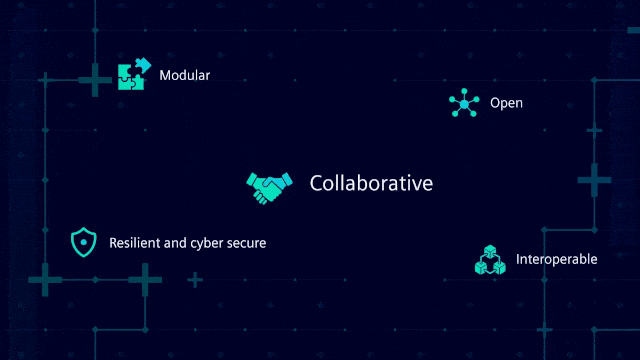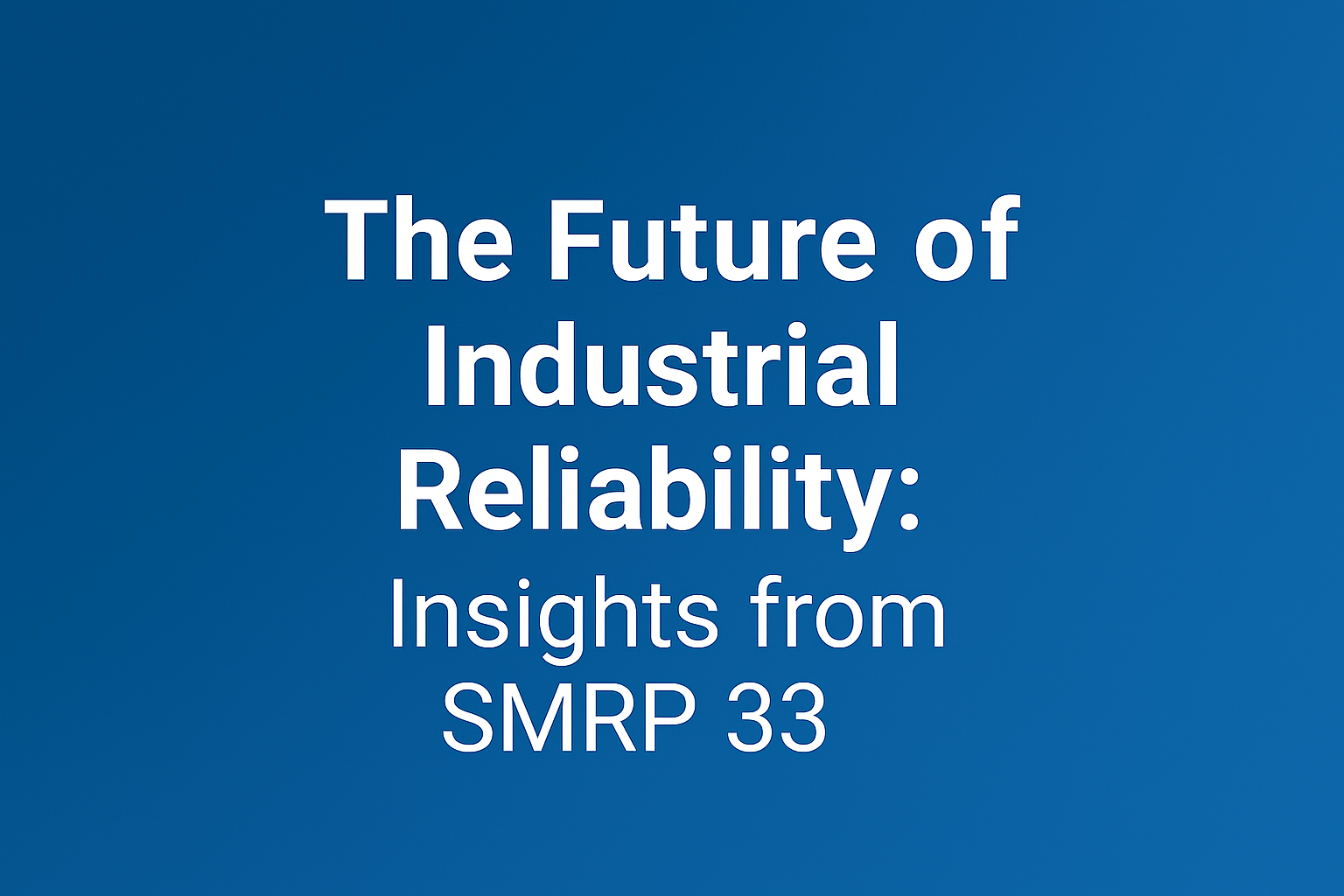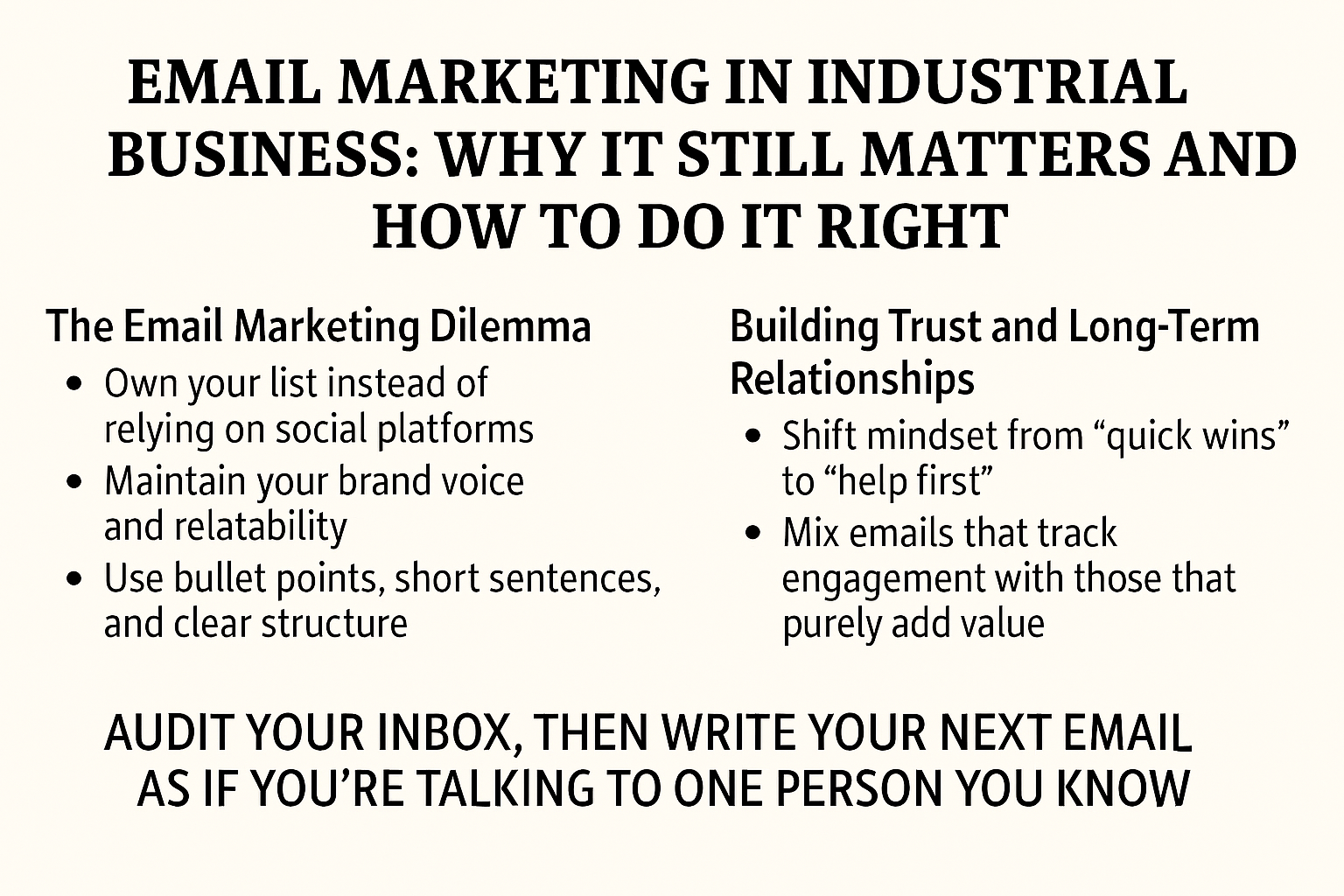NetZero Acceleration, re-thinking Grid Management

Whether in public discourse or in private conversations, a pervasive sense of urgency is reinforcing awareness that the transition to a 100 percent renewable energy system is not only inevitable – it must also be achieved very soon. An incident I witnessed not long ago while sitting in a café really brought the challenge home to me. A mother and her two sons arrived on their bikes and sat down at the table next to mine. The mom bought a chocolate bar for her younger boy, who must have been around seven years old, and a piece of cake for the older one. The seven-year-old looked at his mom and asked: What’s the CO2 footprint of this chocolate bar?
I was struck by the thought of how different this kid’s childhood is compared to mine. What should have been a joyful, carefree break for this little boy came with the responsibility to consider the carbon budget still left to us, trying to make his contribution to a livable planet.
While this child’s mindset is admirable, he is basically powerless. In the larger scale of things, his actions only have a narrow impact. But the thing is, mine don’t.
As someone who is in charge of a large international organization, backed by a powerful brand, I have far more opportunity and resources to make a much larger and more meaningful contribution to the effort to mitigate climate change. At Siemens, we have the privilege of working with thousands of utilities worldwide, indeed with many of the largest energy companies in the world. And not only that, we work with equally strong partners across the industry, building a true ecosystem. Such an ecosystem has the potential to truly change the dynamics of an entire industry.
My takeaway from this small encounter was the reinforcement of my belief that power comes with an obligation to do everything within one’s power. This is especially true when we look at the magnitude of the threat we are facing today from the climate crisis – and, more recently, from geostrategic upheavals and their incalculable knock-on effects, including in the energy sphere.
Putting power and resources to good use
How can our ecosystem of customers and partners in the energy sector make a difference with the power and resources that we have?
– We can make sure that grids do not become a bottleneck for the ongoing exponential growth of renewables.
– We can build and manage grids that can cope with a doubling or even tripling of demand due to the electrification of almost everything, from mobility to heat.
– We can ensure that grids remain stable in the net-zero world.
– We can manage the energy transition in an economically viable way.
Our goal – and also our obligation – is to drive a new dynamic and create momentum across the industry. We do that by radically opening up and joining forces with technology partners in order to generate even more speed and a shared momentum.
Yes, we will have to cope with a huge influx of new renewables and a swiftly growing number of distributed energy resources (DER). A large share of these DERs is installed in the medium- and low-voltage grids, which means the distribution grid will be decisive for the success of the energy transition. With the loss of inertia due to the large amount of inverter-based infeed, solutions for active monitoring and control combined with new forms of prosumer relationship management are crucial to ensuring grid stability.
Rethinking grid management (and grid software)
For groundbreaking transformations and disruptions to become reality, grid operators and solutions providers cannot rely only on traditional tools, existing hardware, or proven processes. Change must happen as fast as possible. We’re not talking about decades, but about the next eight years.
Of course, we need to improve and expand the existing grid infrastructure with more copper and grid automation. But this won’t be enough. It’s too slow and too expensive. Familiar tools and methods used in the high-voltage grid won’t be enough, either. They are limited by the available resources and space and are insufficient for managing millions of DERs in low voltage.
This is why I’m convinced that the decisive success factor will be game-changing and interoperable software that is modular, open, and flexible, mirroring the collaborative and transparent approach we all must take in advancing toward the net-zero goal. Based on these design principles, a secure and resilient suite of software solutions can empower us to interact seamlessly, make infrastructures more flexible in dealing with the exponential growth in complexity, and enable us to manage grids closer to their full capacity.
Only software can help us to reach the agility and speed needed during such a transformation. This includes vastly accelerating grid simulations and nearly doubling the efficiency of grid management tasks by changing the user experience, to name just two. All these improvements will lead the way in creating an holistic digital twin in the planning, simulation, and real-time operations and maintenance of power grids. Appropriately enough, most of these solutions were and will be co-innovated and developed in collaboration with our customers.
We at Siemens Grid Software are putting all our determination to work in the service of providing a software suite that enables grid operators and utilities to succeed. We want to work with these companies to take grid planning, operation, and optimization to the next level.
The best time for change is always now.
We tend to repeat the fact that we have to build a sustainable and secure energy future because the challenge is now even more pressing than ever before. Worryingly, this is true again today as I write about grid software as an enabler of decarbonization.
The latest assessment of the IPCC concludes that nothing less than a revolution is required to avert the climate catastrophe. The outbreak of war in Eastern Europe has brought energy supply back to the geopolitical agenda. And in face of extreme weather events, the societal pressures are rising.
Unlike the seven-year-old boy fretting about his chocolate bar’s carbon footprint, we are in a position to bring about large-scale change. We must do everything in our power to save the climate, transform the energy system, and make the world a better place for our children and generations to come. As long as we’re not fulfilling our obligation, the pressure will only continue to mount. With the power of the ecosystem and of modern software, however, we have everything it takes at our disposal.



